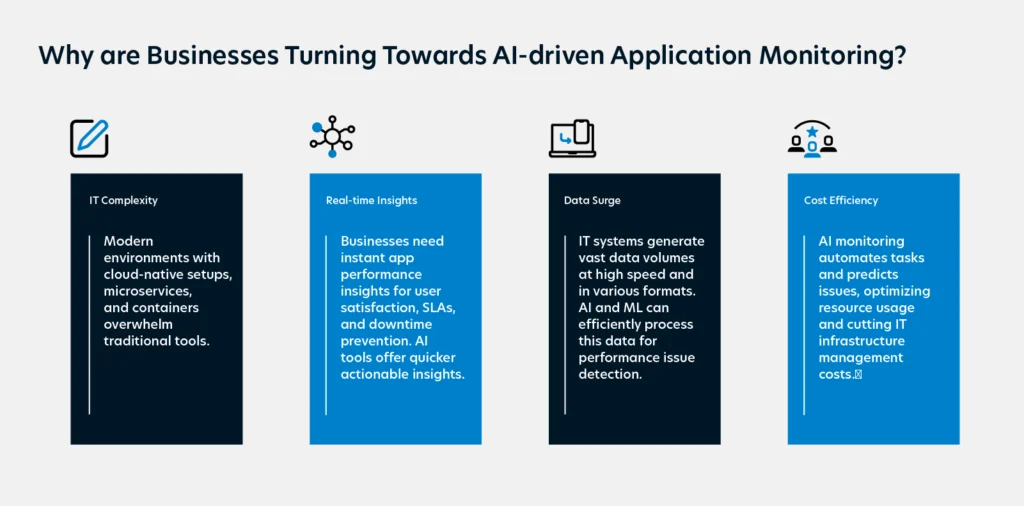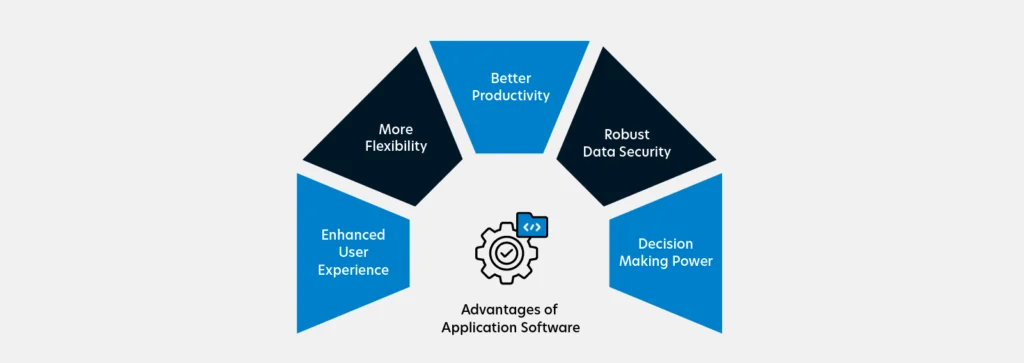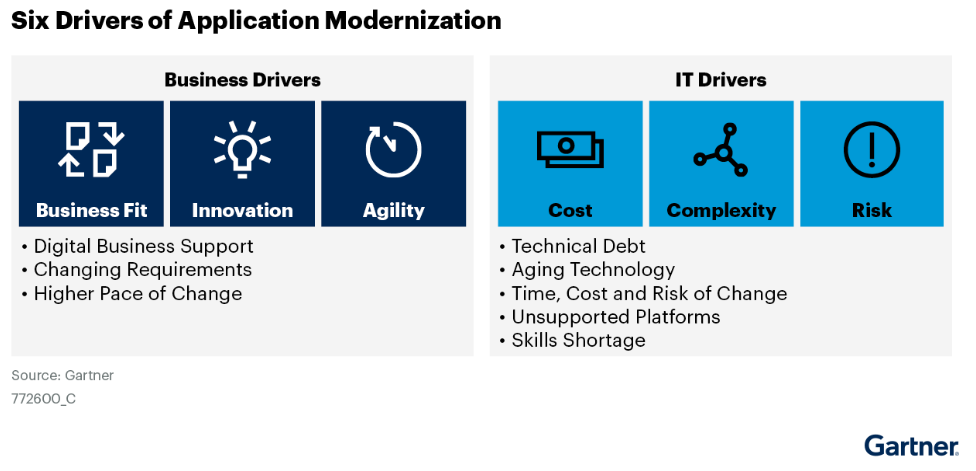Application Lifecycle Management (ALM) is a critical process in businesses, ensuring that applications are developed, maintained, and updated efficiently to meet evolving business needs. However, ALM faces numerous challenges.
Here are some traditional ALM challenges and how AIOps as a solution can overcome those enabling businesses to analyze large volumes of data from various sources, detect and resolve issues in real-time, and predict and prevent future incidents.
Challenge 1: Fragmented IT toolsets hinder seamless collaboration and slow down the application lifecycle.
Solution: AIOps consolidates data from various tools and stages, providing a unified view of the application lifecycle, thus streamlining collaboration and accelerating the process.
Challenge 2: Identifying and resolving performance issues in real-time becomes increasingly complex as applications scale and environments diversify.
Solution: AIOps leverages ML algorithms to analyze vast amounts of data and detect anomalies, enabling proactive issue resolution and optimizing application performance.
Challenge 3: Manual monitoring, troubleshooting, and maintenance are time-consuming and prone to human error.
Solution: AIOps automates routine tasks, such as monitoring system health, identifying root causes of issues, and implementing remediation actions, improving operational efficiency and reducing downtime.
AIOps is a powerful tool that can help businesses overcome the challenges of ALM and ensure that their IT operations are efficient, cost-effective, and customer centric.
If you want to learn more about AIOps and how it can transform your IT operations, Click Here.




